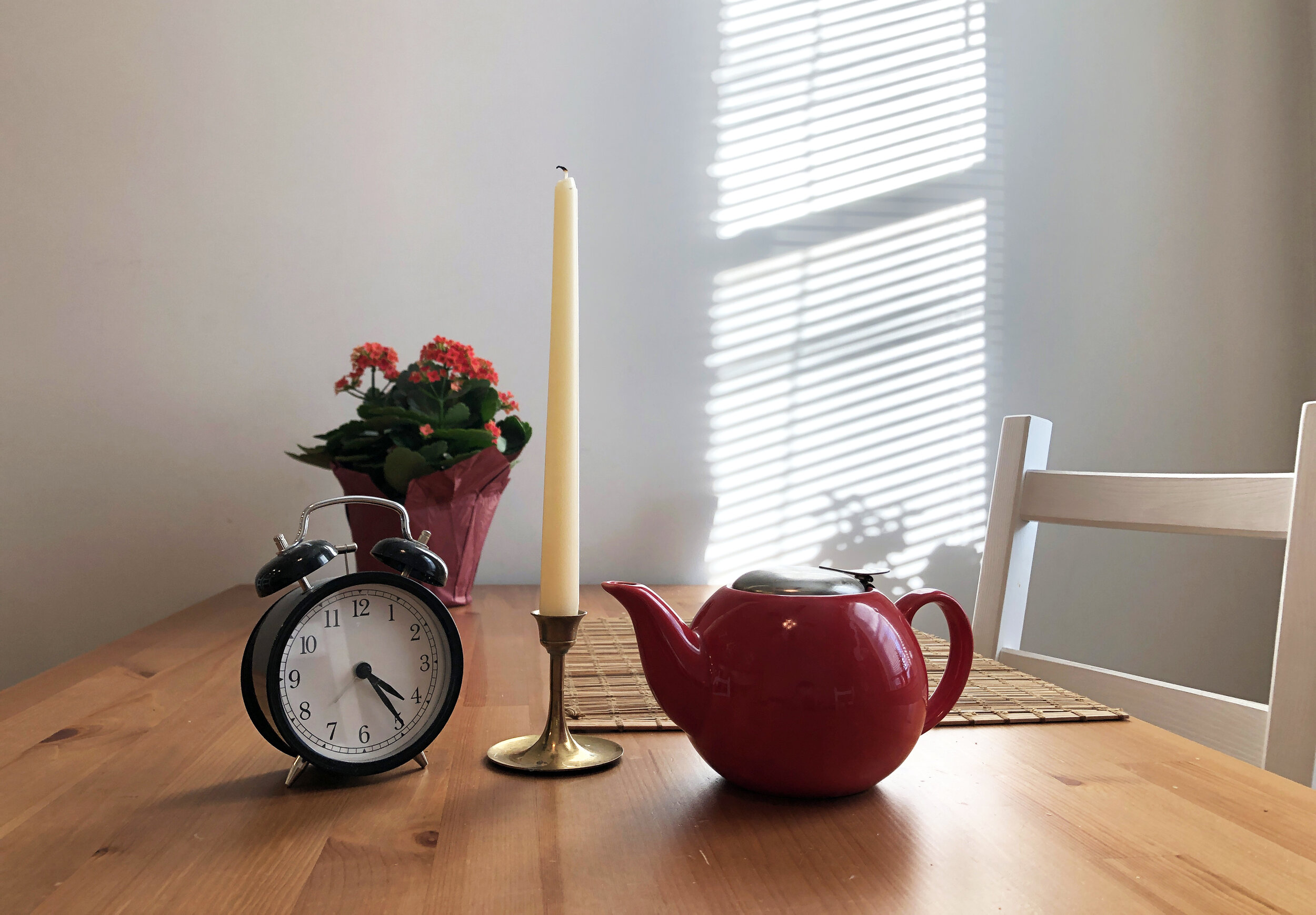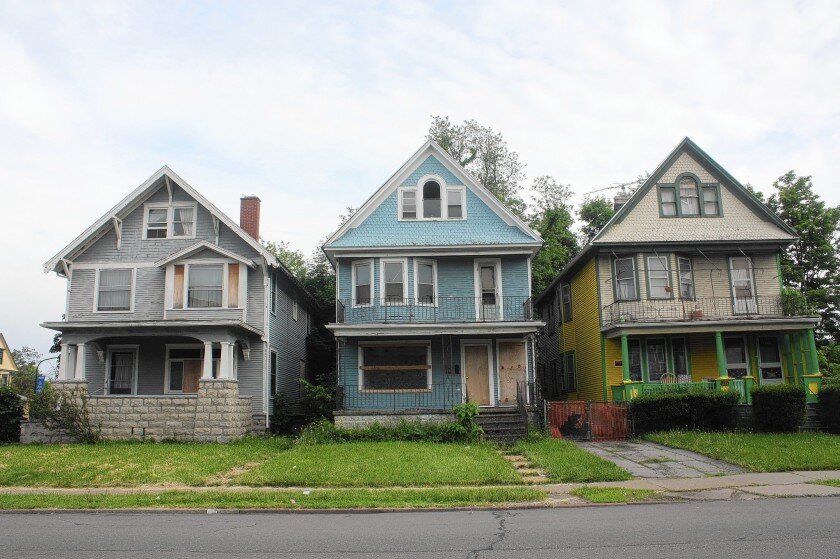lonely home
Image by author, objects courtesy of Carol-Anne Rodrigues, Alice Song, and Charlotte Matthai
In Disney’s Beauty and the Beast, the household objects of Beast’s castle are alive, and elated at the arrival of Belle, the castle’s first guest in ten years. The iconic “Be Our Guest” sings:
Lumiere: Ma cherie, mademoiselle. It is with deepest pleasure and
greatest pride that I welcome you tonight. And now, we invite
you to relax. Let us pull up a chair as the dining room proudly
presents...your dinner.
Be our guest, be our guest
Put our service to the test,
tie your napkin 'round your neck, cherie
and we provide the rest!
…
Life is so unnerving,
For a servant who's not serving!
He's not whole without a soul to wait upon
…
Ah, those good old days when we were useful
Suddenly, those good old days are gone.
Ten years we've been rusting
Needing so much more than dusting
Needing exercise, a chance to use our skills!
Most days just lay around the castle,
Flabby fat and lazy
You walked in, and oops-a-daisie!
Mrs. Potts: It's a guest, it's a guest!
Sakes alive, well I'll be blessed!
…
The candlesticks, pots, saucers, dinnerware, brooms, clocks, wardrobes, and all the other castle’s anthropomorphized objects are elated by the chance to be useful once more and for the castle to have a renewed sense of purpose in housing a human.
The objects of Beast’s castle are made to serve people. Likewise, buildings are created for human occupancy – without people buildings would not exist. Yet there are millions of buildings across the United States that sit empty, perhaps longing for the day in which someone walks in their doors to reawaken them with a sense of purpose.
_ _ _
Buffalo Urban Homestead Program. Image courtesy of Alana Semuels, Los Angeles Times
Imagine: Buffalo, New York, a typical American neighborhood street, but devoid of life. Any given house on this street might bare the same description: weeds reaching up to the window sills, a shutter or two fallen off the façade, paint chipping everywhere, creaking and sagging floor boards, and signs of water damage on every exposed surface. Buffalo residents and officials see these vacant homes as “scourge,” “eyesores,” and even “death traps.”[1] The vacancy issue in Buffalo defines a city in decline, where vacant homes are a financial liability and a threat to public safety. According to a 2007 New York Times article, over 90% of all reported arson cases in the city involved abandoned houses, and Mayor Byron Brown’s office determined that each abandoned house cost the city an average of $20,060 over the span of five years, due to lost taxes, debris removal, inspections, and policing. The solution, according to the mayor, is to “mow down the buildings.” “The razing of thousands of vacant houses is being touted as a sign of progress,” the article begins. The mayor’s proposed plan to raze 5,000 houses came with a $100,000,000 price tag. An alternative plan was to revive these vacant homes by selling them to motivated buyers at the price of one dollar. This is Buffalo’s Urban Homestead Program, which sells eligible vacant homes for $1 on the condition that buyers fix building code regulations within 18 months of purchase. In return, the owners live mortgage- and rent-free off of a few hundred dollars in property taxes, insurance, and other costs.[2] This program, however, closes less than 10 sales a year. Most homes are too dilapidated to be salvaged, and few people are willing to take the risk. Renovations often mean full-gut jobs and cost at least $40,000. Yet a few people, such as Buffalo local Devron Tabb, find it worthwhile. Overall, he spent $78,000, which left him with a new career as an electrician and a beautiful home, and says “I would do it all over again, and I would enjoy every minute of it.”[3] For people like Tabb, who have the resources and are bold and ambitious enough to undertake the task, vacancy is a worthwhile investment. Yet a majority of residents view vacancy as does Mayor Brown, who believes it is a detriment to the city and sees the destruction of vacant buildings a necessary expense to revitalize it.
_ _ _
“Life is so unnerving,
For a servant who's not serving!
He's not whole without a soul to wait upon…”
If we project Lumiere’s sentiments onto the vacant, water-damaged and creaky-floored houses in Buffalo, we imagine they must feel quite lonely and purposeless. Moreover, they perhaps feel shameful as well – having been abandoned in the first place by their owners, then scorned by the town’s residents and finally proven undesirable by all but few, even at the price of one dollar. I imagine a city full of sad empty buildings waiting in hopes of receiving a second chance, of being reinvigorated with newfound purpose to serve a human in need of a home.
[1] Ken Belson, “Vacant Houses, Scourge of a Beaten-Down Buffalo,” New York Times, September 13, 2007. https://www.nytimes.com/2007/09/13/nyregion/13vacant.html
[2] Mark Fahey, “Buffalo’s $1 homes aren’t as cheap as they seem,” CNN Money, March 3, 2015. https://money.cnn.com/2015/03/03/real_estate/buffalo-1-homes/index.html
[3] Ibid.

